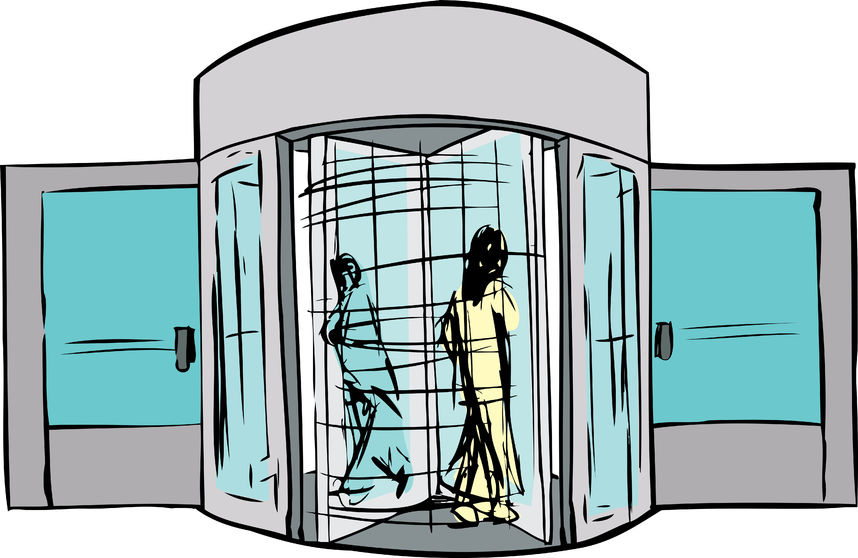Joy to the World
By the time you read this the holiday season will be behind us (mostly) and 2019 upon us. As always, a time to reflect and give thanks that the MD continues to put up with me and my children still remember my birthday.
And what a funny old year 2018 turned out to be. Poor dear Malcolm gets the bums rush, The Donald is still in the White House, the Aussie cricket team can’t even get cheating right, the cash rate remains lethargic and people are still borrowing for business.
You can download the information detailed on this page (Resistance is Useless) as a printable PDF for future reference. Click here to access the PDF document.
In 2018 I started to notice two significant trends in Australia which I am going to adopt to help in predicting our expected economic wellbeing. I shall refer to my new thesis as the PM Revolving Door Cash Rate matrix and I think you will soon agree that there can be no better benchmark in assessing the likely future fortunes of our great country.
Since 1996 we have had the dubious honour of seeing 6 prime ministers come and 5 go. The trend line includes the tenure of one John Howard from 1996 to 2007. Since 2013 the RBA cash rate has changed 7 times. In the same time frame, we’ve had 5 prime ministers if we include the Rudd resurrection. Here’s the thing, in the past 5 years we have had 3 prime ministers, 2 since 2015. The cash rate has not budged in 27 months and indeed, hasn’t done anything particularly remarkable since May 2015.
The correlation is clear. The more the prime ministerial door revolves, the lower and more consistent the RBA cash rate stays. If you are a borrower you may well say, you beauty, those geniuses in Canberra couldn’t demonstrate unity or policy cohesion if we paid them (and we do) so rates will stay low and all is well. But, of course, it’s not.
The cash rate is a reflection of the wellbeing of the economy. It’s also a reflection of jobs growth, real wage growth, consumer confidence and inflation among other factors. The lower the rate the more a central bank may be using it to try and kick start economic growth. It doesn’t take a stretch in imagination to see that political instability and the cash rate are joined at the hip. Hence the matrix.

Of course, one of the consequences of low cash rates are low home loan rates and we all know what happens when you give Aussies cheap debt. Good old supply and demand drives the great Australian dream and housing prices go up. Well, to be more precise, Melbourne and Sydney prices go up. So, given the revolving door and Mike’s matrix, how did the politicians confront the cheap debt housing price dilemma in 2018? They folded to the bleeding hearts and had a royal commission. The result, record low interest rates but no one can get a home loan anymore because the commission reckons in order to borrow you need to be able to prove you don’t need the money. I exaggerate but I am sure you get the picture.
To be fair we could probably have done with a bit of financial navel gazing after the GFC. 10 years ago the cash rate was 7.25%. That’s 5.75% above todays rate. It’s true that banks tinker with base rates and margins in ways they didn’t 10 years ago. However, it’s a sobering thought that people are borrowing money on 25 year home loans with interest sensitivity tests at 2% to 3% increases.
In 2019 I expect more of the same. More political uncertainty, more compliance obligations and more paperwork. I also expect Australia to continue to be the country of choice for domestic and overseas tourism and a beacon in a sometimes-crazy world. Our politicians may not be wonderful but at least they’re not certifiably nuts (mostly). Our royal commissions issue recommendations, not fatwahs and we don’t execute blasphemers. The population don’t feel intimidated when they cast their vote and we seem pretty comfortable with each other, regardless of race, colour or creed. We are blessed with abundant natural resources, a mostly benign and relaxed population and a broad sense of goodwill.
It could be worse.
Mike Phipps F Fin
Director | Phippsfin Pty Ltd
ACN 139 124 673


